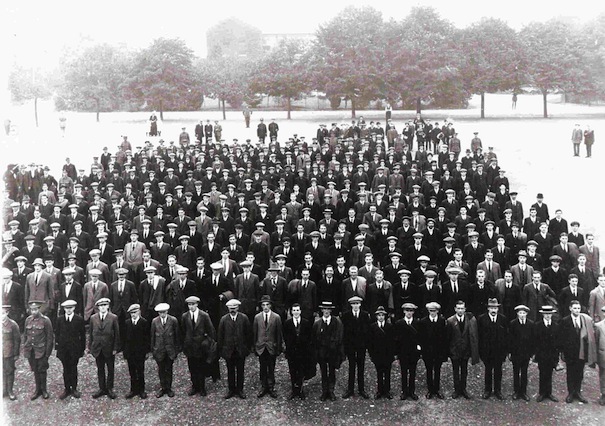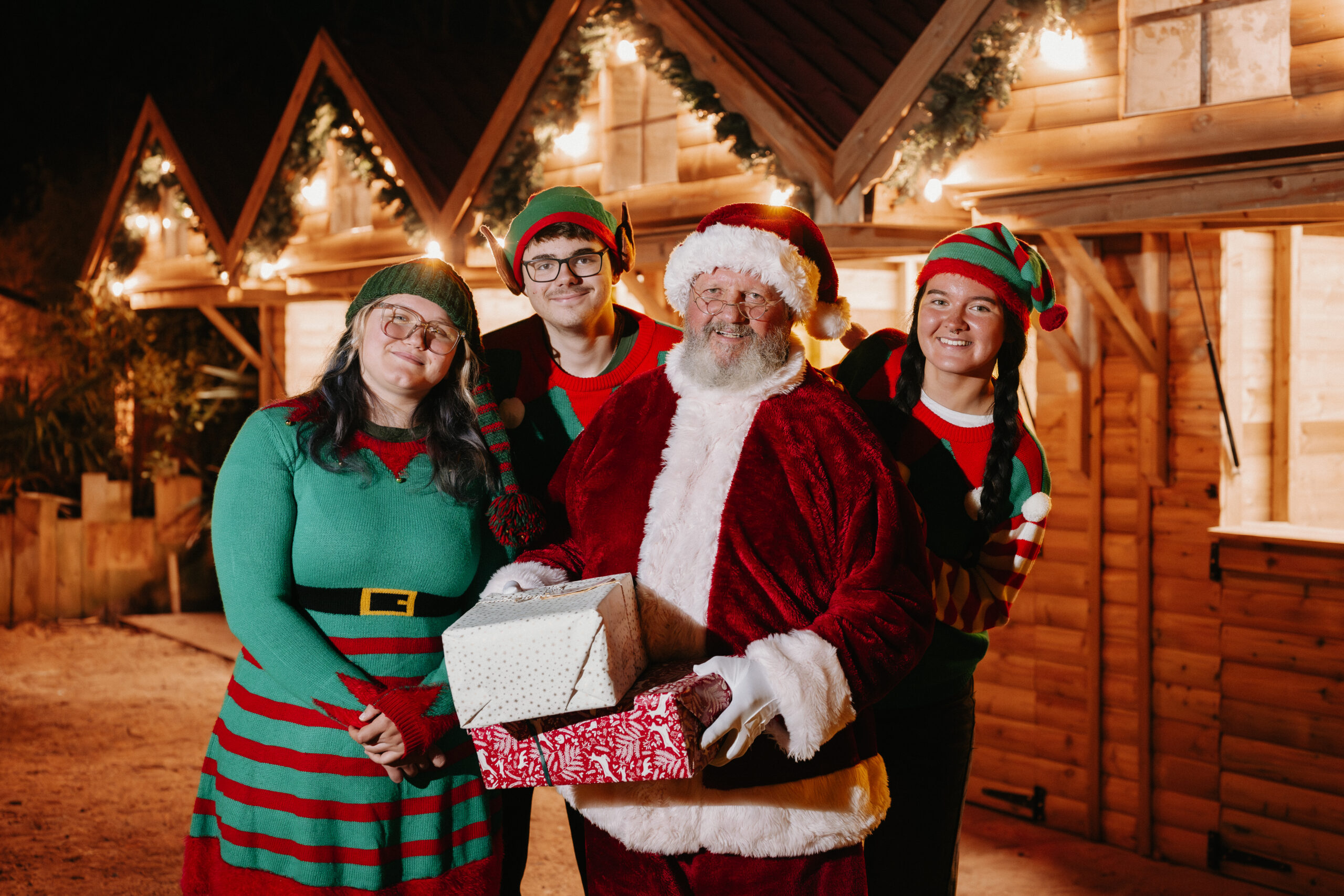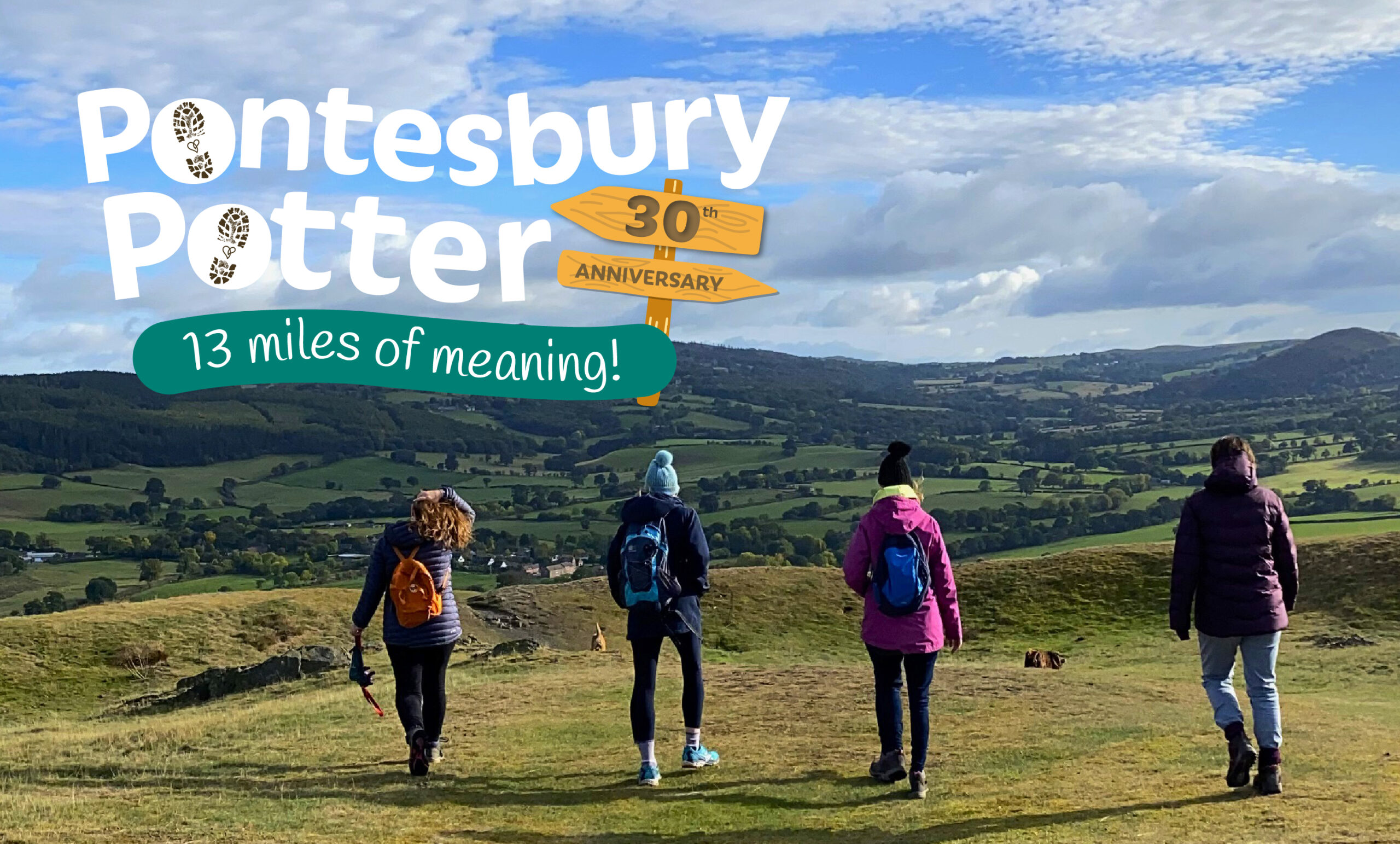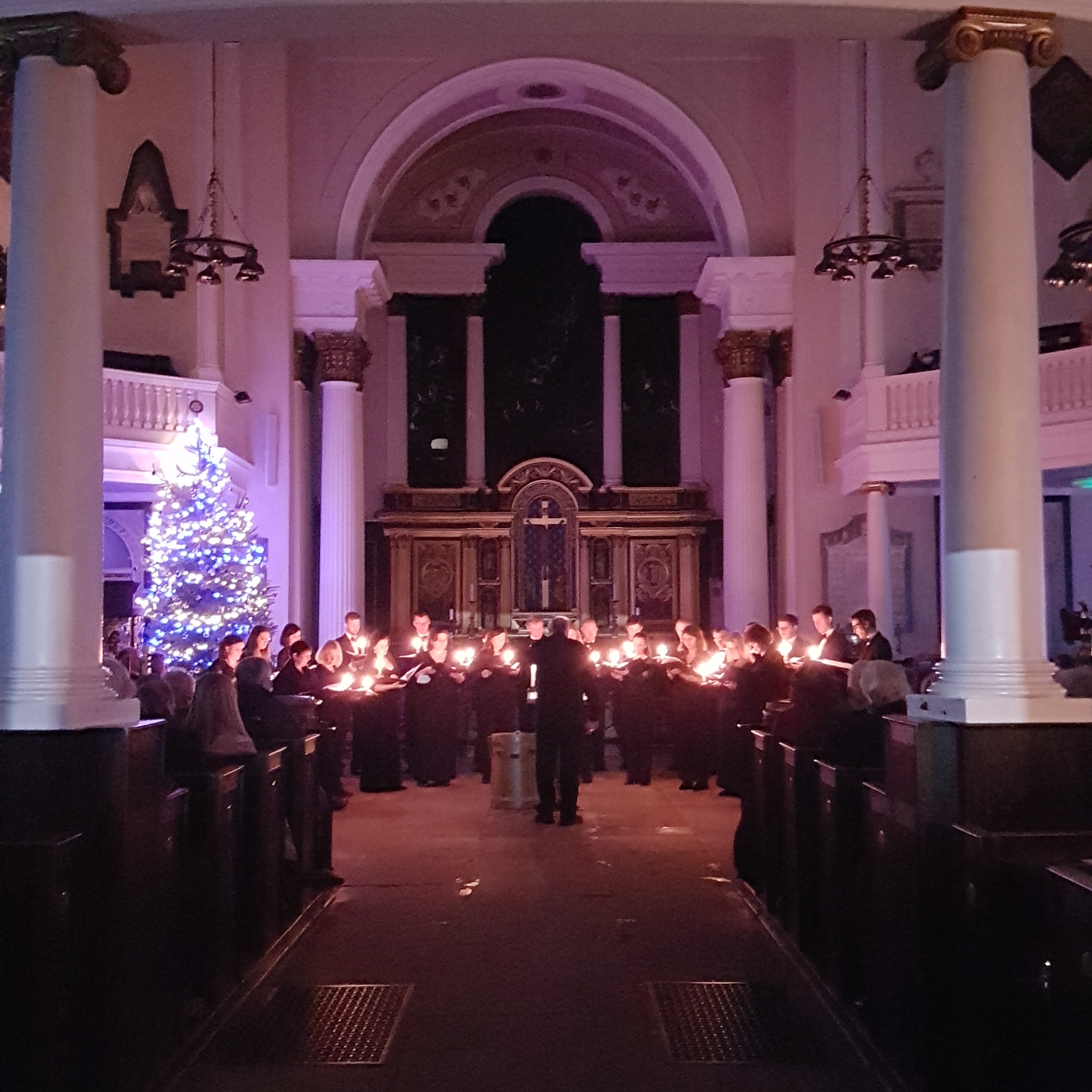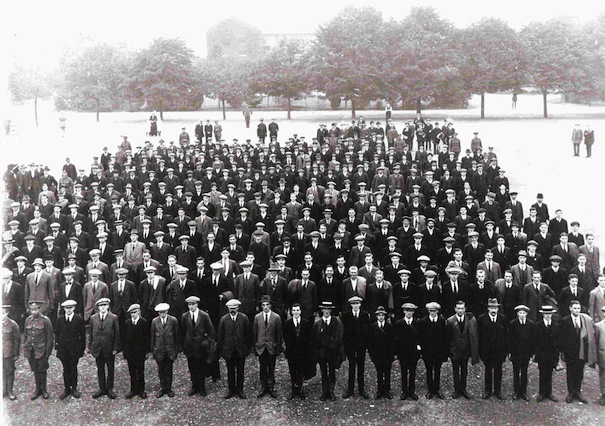
To mark the centenary of the outbreak of WW1, guest writer Ellie Bowen delves into the archives of the King’s Shropshire Light Infantry and takes a look at the role of local folk in ‘the war to end wars’.
From 1914 to 1918, shopkeepers, factory workers and miners from across the county marched into one of the deadliest conflicts in history. When war broke out, the King’s Shropshire Light Infantry (KSLI), based at Shrewsbury’s Copthorne Barracks, swelled from two regular battalions to 10, made up of reservists and volunteers rallied by Kitchener’s rousing recruitment campaign. All but one KSLI battalion saw action at the Western Front, paying a heavy toll: 4,663 men lost and many more left scarred. Survivors would never forget what Shropshire poet Wilfred Owen described as the ‘monstrous anger of the guns’ and ‘stuttering rifles’ rapid rattle’.
The KSLI gained over 60 battle honours during the Great War, including a rare French accolade received by the entire 4th Battalion. Of the KSLI battalions, few had a more varied war than members of ‘the Fourth’; a group of reserve soldiers who had signed up during peacetime not expecting a war.
In 1914 these men, many from the local area, left their everyday lives, jobs and families with little idea of what lay ahead. The volunteers expected to be shipped to France and Flanders like the other battalions, so were astounded to be given tropical helmets and discover that a much longer journey awaited; a journey to the Far East, where they would replace serving regular soldiers. These were men who rarely crossed the county borders, let alone left Britain, embarking on a long and arduous trip to the other side of the world. Sent to Hong Kong, Singapore and Burma, the soldiers endured seasickness, unbearable heat and a huge culture shock, encountering and quashing uprisings which were dealt with with the harshest of punishments – including death by firing squad.
A 40-strong detachment, led by Lieutenant Butler of Bridgnorth, escorted captured prisoners from the German ship, Dresden class Emden, to Australia. In a letter home, one of the men, Corporal Armstrong of Deuxhill near Bridgnorth, described the excursion as “a most enjoyable trip where the Brits were treated like heroes and treated to biscuits, cheese, cakes and ‘pop’.” For some of the soldiers, the war must have seemed quite the adventure and there is little doubt that other battalions would have envied their travels and time to play football and drink rum.
However, if the KSLI 4th Battalion hoped they had escaped war in Europe, they were very much mistaken. After two and a half years in Asia, soldiers were needed at the front and the grim reality of the trenches now beckoned. In 1917 the 1,115 men and 27 officers of 4th KSLI battalion arrived back in Blighty. After years away from their families, the men hoped for their first leave back to the rolling Shropshire hills, but it wasn’t to be. Orders were given for the men, still in tropical khaki kit, to proceed immediately to France.
In the autumn of 1917 at the notorious Battle of Passchendale, on their first day of ‘real’ warfare, the battalion suffered 130 casualties; having only lost half a dozen to illness over the past three years, this came as a devastating blow.
The 4th KSLI was to endure many more losses in campaigns across the Western Front before their attention was focused on the Champagne region, where this plucky Shropshire regiment was sent to support the French. It was here that the battalion showed true gallantry in the capture of the prominent Bligny Hill. Moving towards the enemy over open ground, the men marched at 120 paces a minute, so rapidly that much of the German artillery’s fire went over their heads. They captured the hill and remained steadfast through 12 tortuous hours of heavy shelling and gas attacks. Before reinforcements arrived, the battalion was reduced to just 100 exhausted men.
The attack was witnessed by the French General, Berthelot, who was so impressed with the ‘gallantry and dash’ of the 4th KSLI that he secured an immediate award of the Croix de Guerre avec Palme for the whole battalion. The battle is still remembered at an annual Bligny Day service in Shrewsbury, and the award is on display at Shropshire Regimental Museum.
Based at Shrewsbury Castle, the Shropshire Regimental Museum honours those ordinary men who made an extraordinary difference. It is home to many medals won by KSLI’s battalions and other regiments with equally horrifying tales to recount, and a poignant reminder of the sacrifices made by our brave Salopian heroes, their deeds echoed in the poignant words of Shropshire’s tragic war poet, Wilfred Owen, who died in battle in November 1918.
Interesting fact: Harley, near Much Wenlock, was the only village in Shropshire that didn’t lose any men during WW1. Such fortunate villages became known as ‘Thankful Villages’ and it’s estimated that there were only about 40 in the UK.
Concert in the Castle
Saturday 26 July 7pm. An evening of music and poetry in the ground of Shrewsbury Castle to commemorate the outbreak of the WW1. Visit shropshireregimentalmuseum.co.uk

